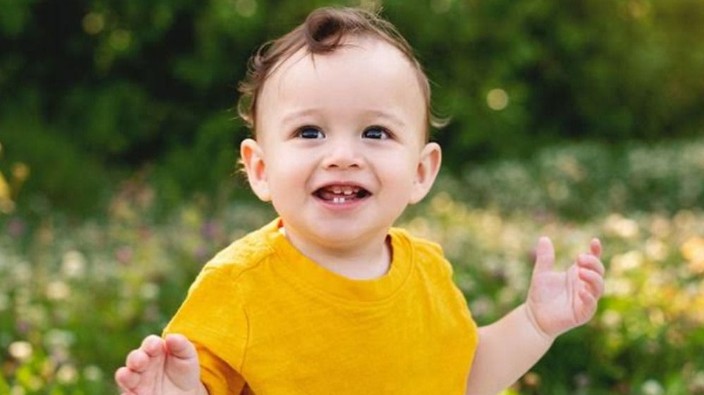jakob is one in a million because i’m from colombia, his dad is from poland. it’s really rare to find the same genetic defect in two people that are so genetically distanced. most of the time, these types of genetic defects happen in families that share similar dna. but in our case, there’s absolutely no way.
what goes through your mind when you learn your child has this rare condition?
no parent is ready for that type of diagnosis. everything changed, absolutely everything.
from the moment they said that he had this, we started thinking about “okay, so how can we fix it?” and we thought that the fix was going to be very easy. but the fix has to be either a bone marrow transplant, or what they call gene therapy. for his bone marrow transplant, he will need a match. jakob is half hispanic from my side and half polish, or caucasian european, from his dad’s side, and so it is a really complex mix.
to treat the ada part, he receives an injection two times per week which replaces that enzyme that he’s missing in his body and protects his brain, protects his hearing, his lungs, all that.
jakob also gets [intravenous immunoglobulin or] ivig every month, from plasma donations. what it does is it takes all the antibodies that people get, and then puts them into jakob and for a month he is protected from colds and viruses. so that is really amazing. that’s why we are also very, very thankful and we try our best to encourage and to create awareness about both the stem cell transplant and also the plasma donation, how important it is for many patients out there.
